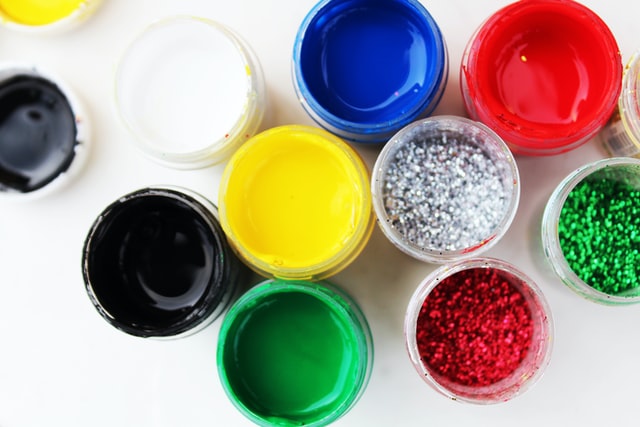Paint Substitutes
This article has been taken from “Formulas for Painters” by “Robert Massey”. Paint substitutes can be many in numbers which are well described at “painters in Rockville MD“
Amber: amber is frequently listed as an ingredient in medieval formulas for making tough, weather-resistant varnishes. But many authorities believe that copal resins were confused at that time with fossil amber resins; today, copal is used to make “amber” varnishes.
Ammonium Carbonate: wherever water resistance is not a paramount factor, you may replace ammonium carbonate with household ammonia; it may increase the water percentage.
Beeswax: you will rarely need a substitute for beeswax, for it is available nearly everywhere.
However, paraffin or ceresin, having similar characteristics, may be used in its stead.
Bodied Oils: bodied oils (or heavy bodied oils) include sun thickened linseed oil, stand oil, and boiled linseed oil. Where any one of these is listed in a formula, frequently one of the others will serve, although boiled oil tends to “skin” more rapidly than do the others.
Canada Balsam: Canada balsam is truly a marvelous substance, and precious in cost. It may be replaced by Oregon balsam, a much cheaper article which is excellent if you don’t object to its deeper color.
Casein, Powdered:
Use freshly manufactured casein to obtain the full strength that casein can offer. If it is not available buy dry curd cheese—available at many delicatessens—and use as suggested under paint.
Ceresin: This is a natural wax obtained from the waxy mineral resin ozocerite. Ceresin is pure white, odorless, and non-crystalline. Its best substitute is high quality paraffin, which it closely resembles both in appearance and characteristics. The best paraffin is also pure white—being a fine4 micro crystalline wax—and not translucent.

Chinese White: In silver-point drawing, frequently a painter needs to coat his own paper to achieve the beautiful grays of the medium; Chinese white, a material often prescribed to make the coating, is simply zinc white, or zinc oxide. Titanium white serves well also.
Copal, Oil Varnish: Varnish no.7 may be made by the painter, but at some sacrifice of time and energy. The products sold under the name of copal concentrate (permanent pigments) and amber varnish (Winsor & Newton) may be used where varnish no.7 is called for.
Cremnitz White: white lead is also sold as flake white and cremnitz white; cremnitz white is considered superior in quality to the other two. All three are lead whites which may be interchanged where desired.
Ground N0.8: Permanent pigments manufactures an excellent gesso9o called gesso ground-dry mixture, which stores well and has the glue and pigment already combined. All you do is add water. This product may be substituted throughout for ground no.8.
Lead White in Oil: For grounds which require stiff lead white in oil, use ready-made heavy pastes of lead in oil; these are available under the trade-mark of Dutch boy, from permanent pigments and Utrecht linens in paint substitutes cans and larger. If manufactured oil white is too oily, leave it on layers of brown wrapping paper for several days to absorb the excess oil.

Oil of Spike Lavender:
During the middle ages this lovely solvent-almost perfume-was a major item used by artists and artisans; today pure gum spirits of turpentine sere in its stead. Turpentine, which is superior to oil of spike lavender in nearly every way except in odor, can replace it in all formulas.
Plaster of Paris: Plaster of Paris, available almost everywhere, is often sold as molding plasters. Either the fast setting or slow setting variety will do.
Turpentine: Throughout this book the word turpentine means pure gum spirits of turpentine—not steam-distilled. While the latter may be used, it does not possess exactly the same properties; it does possess a strangely penetrating odor which is highly offensive to many people.
Venice Turpentine: Wherever it is possible to do so, use Canada balsam instead of Venice turpentine. Canada balsam is water-clear, dries far more rapidly than Venice turpentine, and yet retains its fragrant oleo-resinous odor. Unfortunately, it is far more expensive than Venice turpentine.
Continue reading on Painting palette


